
Natural gas workers and other industry professionals are staying attentive to severe weather and natural disasters. Prices fluctuate as sustainable development drives down value and stores become scarcer. Everyone interested in energy generation can see gas production as an example of how climate alters resource availability and corporate resilience. How does this manifest for each type of weather event?
Wildfires and Extreme Heat
The 2023 Canadian wildfires are a harrowing example of what extreme heat and fire do to gas production. One Albertan company saw 5.84 billion cubic feet of daily losses in a week because of fires. Profit loss is monumental and complicated to come back from, primarily as humidity is so low during forest fires firefighters struggle to keep up with the blaze.
Burning organic resources produces ash and pollution, deepening the damage caused by destroyed natural gas infrastructure. Fires spread debris in their wake, forcing evacuations and health crises. Additionally, elevated external temperatures change internal pipeline pressure, endangering communities if the pipe ruptures and explodes.
Bad weather impacts gas production, but the reverse is also true. Natural gas operation and distribution correlate with an increase in the number and brutality of wildfires. The gas-laden environment facilitates voracious, longer-lasting fires.
Hurricanes, Flooding and Thunderstorms
Natural gas is found along coastlines, and 51% of the U.S. capacity lies in the Gulf of Mexico, which is prime hurricane territory. Thunderous, high-wind storms compound in frequency and intensity annually. What happens when they threaten gas plants, and how do they prepare?
Unfortunately, destruction begins even before hitting land. Cargo ships transporting liquidized material might encounter downpours, where heavy storms cause spills and destroy vessels.
Fuel must be stored safely upon a hurricane forecast. Otherwise, gas fields and waterways get contaminated. Flooding will happen before the rest of the storm rolls through, so buildings must be protected. However, this is only possible sometimes, as natural gas companies regularly abandon thousands of miles of pipelines without hurricane-proofing the nearby area appropriately.
Power outages inevitably halt production. Lightning is another potential stressor, demonstrating its wrath by releasing 34,000 pounds of carbon monoxide, benzene and other pollutants during Hurricane Harvey.
Offshore drilling is even more vulnerable to oceanic storms. Weather initiates disruptions, and damage spreads to pollute oceans and injure biodiversity. Staff lives are at risk, asserting how the safety of people and the planet is a recurring theme in natural gas-related severe weather circumstances.
Tornadoes and High Winds
Tornadoes uproot countless massive objects, but typically, pipelines remain safely underground, out of harm’s way. The primary concerns are drilling rigs, wellheads and the occasional aboveground distribution line. Upended and flying debris topple structures and injure operators. Extensive service disruptions are likely from significant cracks, causing leaks and public safety concerns.
Oklahoma is known for its gas production. A tornado ripped through in 2013, yet most of its gas resources remained secure. How did a state in Tornado Alley manage? Susceptible geographies prepare by placing operations in environments capable of breaking strong winds.
Texas has had its fair share of tornado-related incidents at gas plants. They motivated regulators to create a supply chain map for proactive emergency response in all parts of the state, including areas without adequate environmental protection over unfortified gas facilities.
Winter Storms and Freezes
Ice and extreme cold have a unique impact on the gas sector. Wellbores clog with ice formation, preventing resource recovery. These situations force the industry to develop specific technologies to target freezing. Heating cables and pads line susceptible drilling areas but do not prevent other byproducts of blizzards, hail and freezing temperatures.
A freeze-off ensues when natural gas pipelines hit a specific temperature to condense moisture. Distribution stops, slashing output and service availability. Even regions unfamiliar with icy temperatures are noticing the trend. Many communities are unprepared to survive through the cold snaps. It leads to grid instability, countless homes without power, and national price hikes from shortages and supply chain delays.
The cold tests regional relationships with fossil fuel, even as novel equipment makes gas separation 40%-60% less carbon-intensive and corporations implement carbon-capture devices to eliminate emissions. Reputations suffer when unexpected weather hits an area and previously faithful companies cannot deliver.
The stress compounds when states cannot rebuild expediently after the event as natural disaster recovery costs hit new highs.
Sandstorms
Sandstorms blanket facilities in Gulf nations like Kuwait and the United Arab Emirates. Oil and gas combined comprised 45% and 25% of the nations’ GDPs in 2019, respectively. The impact of natural disasters on natural gas could topple national economies.
Climate change makes sand and dust storms last longer, causing more destruction. A classic deterrent was to throw cheaper oil on top of sand, making environmental matters worse.
Dust inhalation in staff and permeation in infrastructure force shutdowns in desert gas regions. Accumulated sand in mining equipment ruins quality and compromises safety. However, the most prominent impact is pipeline erosion. The sand’s coarseness eliminates structural integrity, leading to potential breaks. Thousands of hours go into fixing them and evacuating teams.
Earthquakes
Much like wildfires, there is a trend that gas production increases the likelihood and intensity of an earthquake. Fracking complicates matters. It makes shale porous to obtain more significant quantities of natural gas, but each instance causes a minor earthquake, leading to catastrophes.
The transference of fracking wastewater into wells is another catalyst. One instance resulted in a 5.8 magnitude earthquake because of unnatural disturbances in underground aquifers.
The presence of gas production in certain geographies impacts countless other industries because of its propensity to incite earthquakes. For example, construction engineers in areas with high seismic activity because of gas production must consider this when coding bridges and buildings. Neglecting to consider the potential could put entire cities at risk if the rest of urban infrastructure cannot withstand tremendous environmental stress.
Torrential Weather Jeopardizes Energy Resources
Natural gas is not sustainable or viable long term, and severe weather events prove it. In the meantime, it is essential to defend plants and storage facilities to prioritize safety, prevent pollution and stabilize economies. Preparedness is the best damage mitigation method as research propels more technological and practical advancements to face looming challenges.
Emily Newton is the Editor-in-Chief of Revolutionized Magazine, an online publication that explores innovations in science and technology.
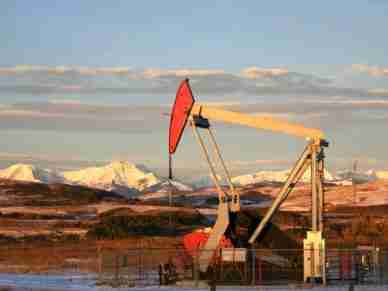
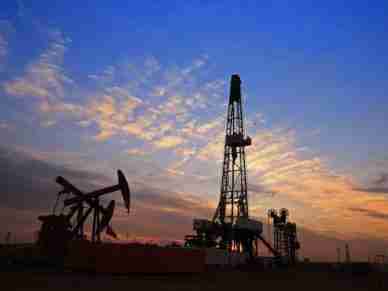
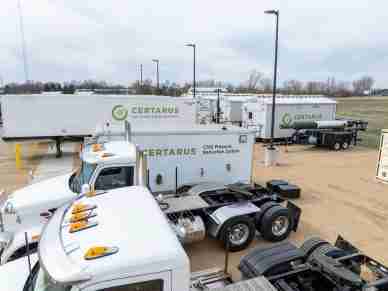
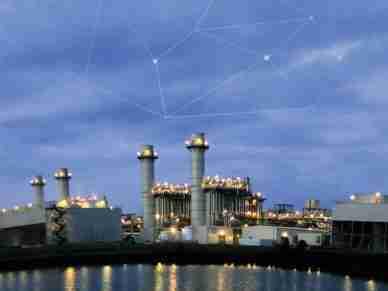

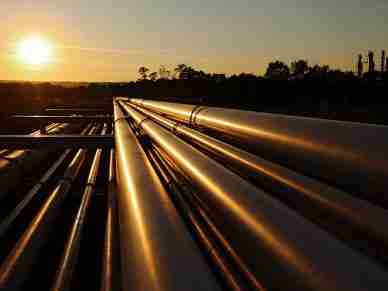
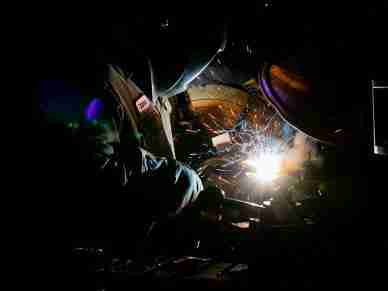
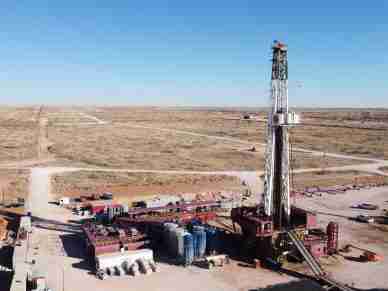
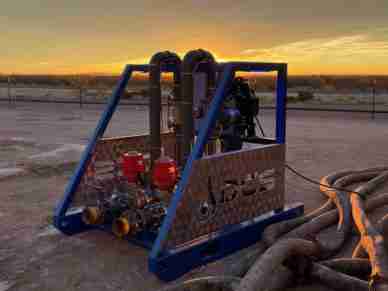
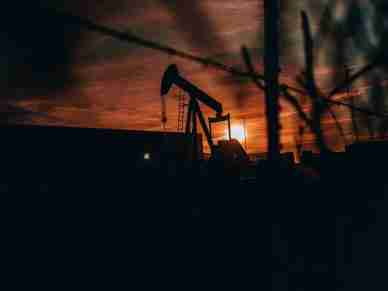
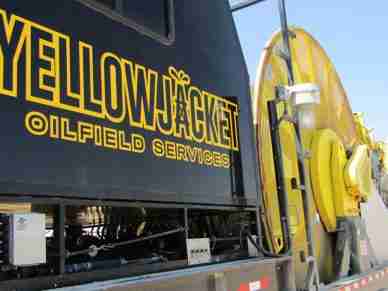
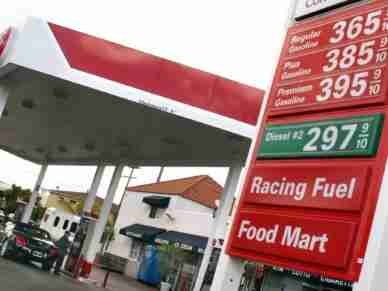




Leave a Reply